The kitted-out familia
Let’s face it, there are always some who know how to do a beach day properly. While you’re there with your one measly baguette wrapped in foil, this family has brought slices of homemade tortilla, glasses of gazpacho, platters of perfectly-chilled cheese and ham, oh and abuela’s famous almond biscuits. And they’re not just sitting on a towel, no, they have brought fold-away tables and chairs, a cool box filled with ice-cold drinks and a stereo for that all-important summer soundtrack. Perhaps they have a mini tent to shade everyone from the sun too.
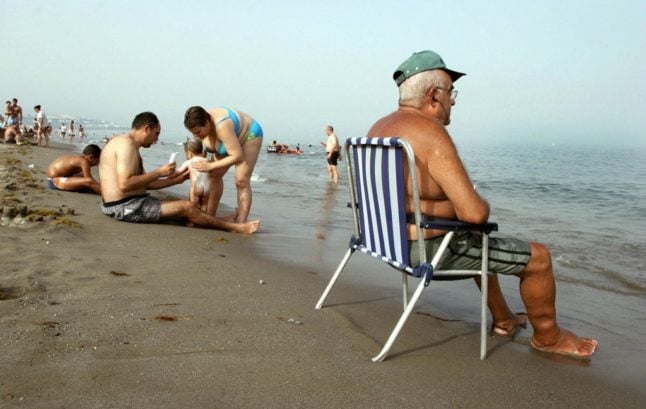
The local sun worshippers
One type of character that you’re sure to see all over Spain are the leathery-skinned locals who turn their bodies to face the sun, rather than the sea. They never burn and ensure they continuously flip themselves over like burgers so that they’re ‘well done’ on all sides. Spritzing themselves with oil occasionally to speed up the tan, they’ve come to the beach for one reason only. You’ll rarely see them swimming, playing beach paddle or building sandcastles.
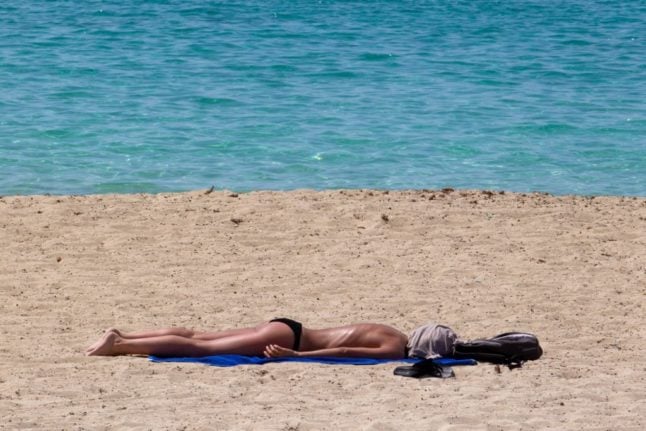
The lobster-hued tourists who forget their suncream
You can spot them a mile off, and you just know that they’re not locals. Yes, it’s the scarlet-skinned visitors, who will most likely hail from the UK or Germany. Naturally, they don’t have a parasol and have forgotten that all-important sunscreen. They may have gone out partying the night before and have fallen into a hangover-fuelled sleep under the blisteringly hot Spanish sun.
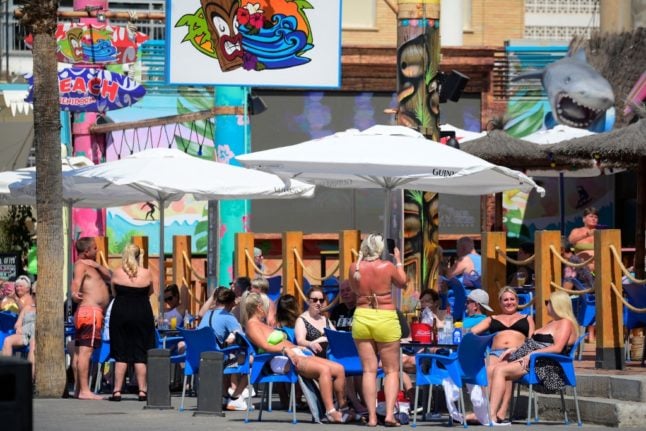
The paddle boarders who keep everyone entertained
Stand-up paddle boards have become a big craze in Spain over the past five years or so and inevitably there will always be someone in the water who is trying it out for the first time. Everyone along the beach watches in anticipation as they climb up and wobble on the board before spectacularly splashing into the sea. As they try again and again, it becomes a bit of a joke for the spectators until the paddleboarder finally manages to get going, amid cheers from the shoreline.

The manteros
No matter how many beach blankets or towels you come laden with, you will always be persuaded to buy another from the manteros, the name Spaniards have given those who sell mantels or cloths to sit on, on the beach. The manteros are often immigrants or refugees from West Africa and their colourful billowing pareos or beach blankets can be seen gently floating across the sand throughout the country. Even if you have one yourself, the exotic prints and elephant motifs make for a great gift to take back home, costing between €10 and €15.
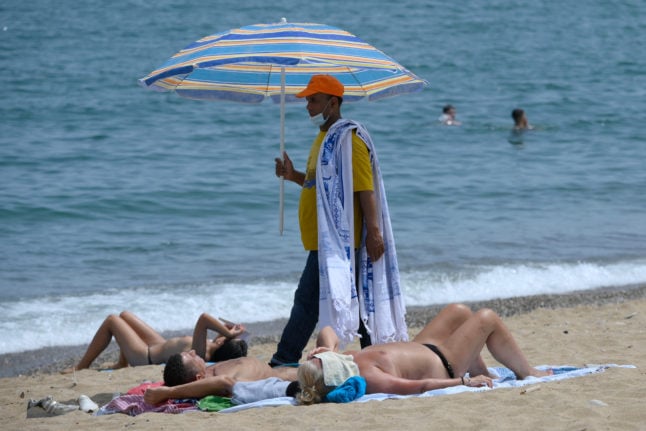
The roller skaters along the boardwalk
Whether you’re on Valencia’s Las Arenas or Mallorca’s Playa de Palma Nova, you’ll find locals roller skating along the boardwalks just like in Miami or Los Angeles. Zipping in and out of the crowds with ease, they expertly navigate the chaos of the Spanish beach in summer.
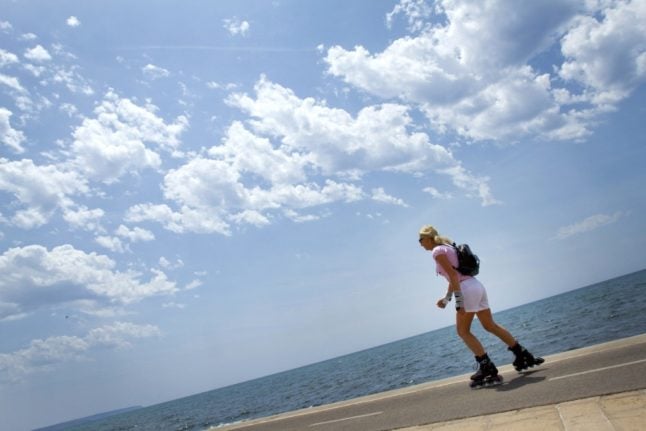
The enthusiastic beach volleyball players
Before you reach the lines of sunbathers, on many beaches in Spain, you’ll pass the beach volleyball courts, where young, tanned locals and foreign residents alike are showing off their ball skills. No matter how hot the weather or the time of day, you’re sure to find them passing and spiking across the net and occasionally elegantly face-planting themselves in the sand. Want to join in? They’ll often be more than happy to let visitors join their games when the teams are uneven.
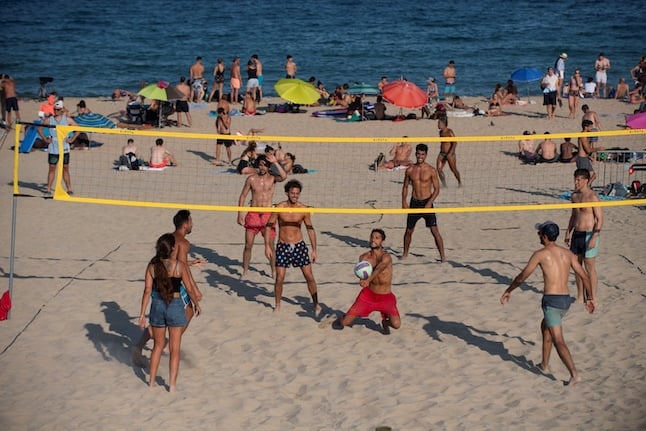
The keepy-uppy crew
We’re sure you’ve often noticed the group of Spanish teens along the shorefront, all trying to keep a ball in the air – and if you haven’t, you’re bound to have heard them. Screaming and laughter ensue as they like to show off to other beachgoers, doing scissor kicks and back flips into the sea.
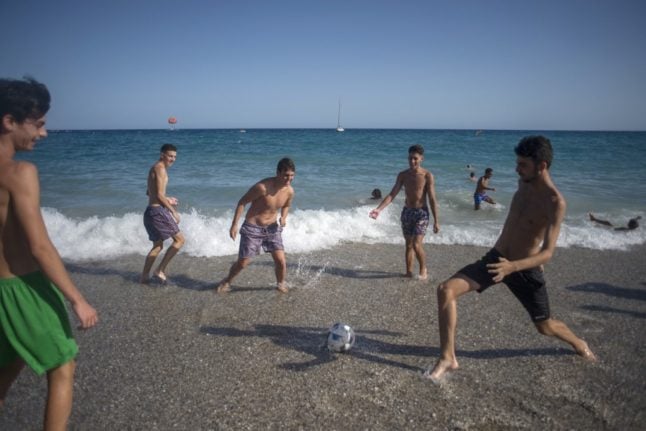
The drink hawkers
Coca-cola, cerveza, agua, water, beer is the familiar sing-song-like tune you’ll hear being shouted across beaches from Barcelona to Málaga. They will ensure that even if you’ve forgotten your own, you can always enjoy a cold drink on the sand. But with several dozen hawkers trawling the sand from morning to dusk, you’ll find the phrase quite repetitive and will often be harassed to buy a drink, even if you have one already. Be aware that while drinks in sealed cans and bottles are ok, don’t be tempted by the hawkers trying to sell you cocktails in open cups as there are no hygiene standards. Barcelona City Council once analysed the mojitos sold on their beaches and they were found to contain fecal matter.
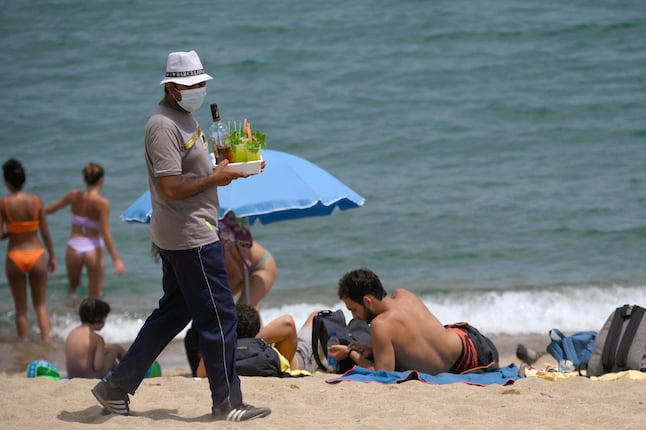
The beach masseuses
If the beach wasn’t quite relaxing enough, you can always unwind further by enjoying a massage right on the sand. Often hailing from the likes of the Philippines, Thailand and China, countries known for their excellent massages, these masseuses will deftly get the knots out of your shoulders in no time. Be aware, some of them will just come up to you and start the massage without you ever having agreed to one. If you’re not interested just politely decline and they’ll leave, but if you’re happy and are willing to pay, just lie back and relax.
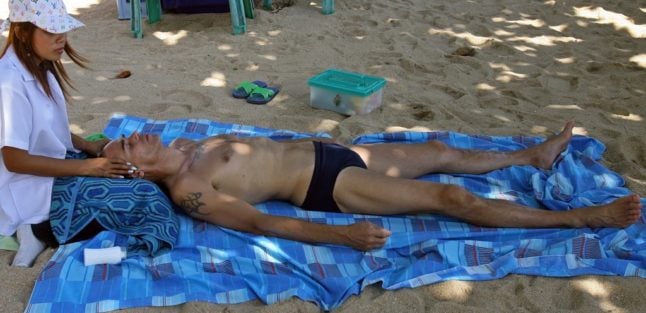



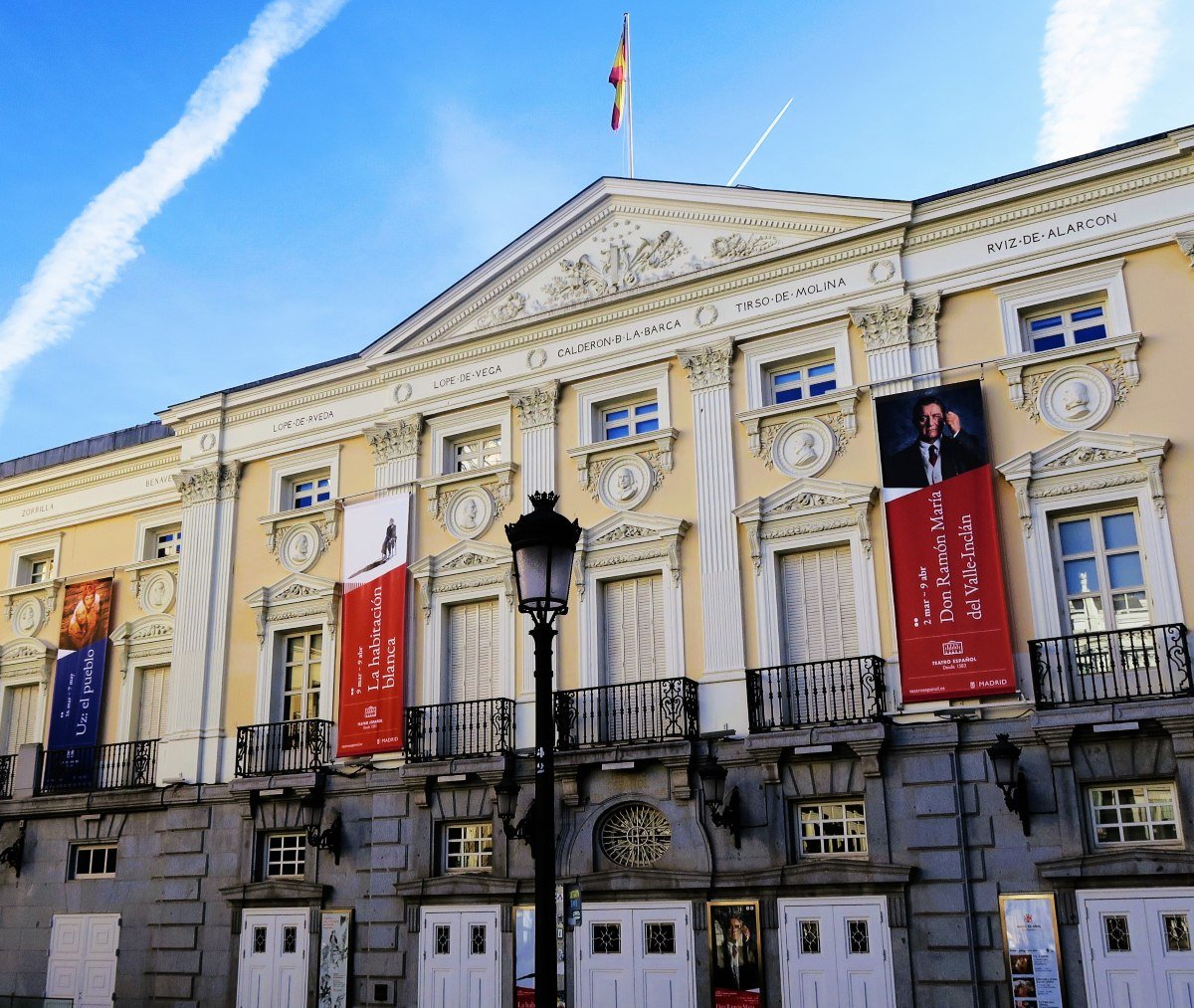
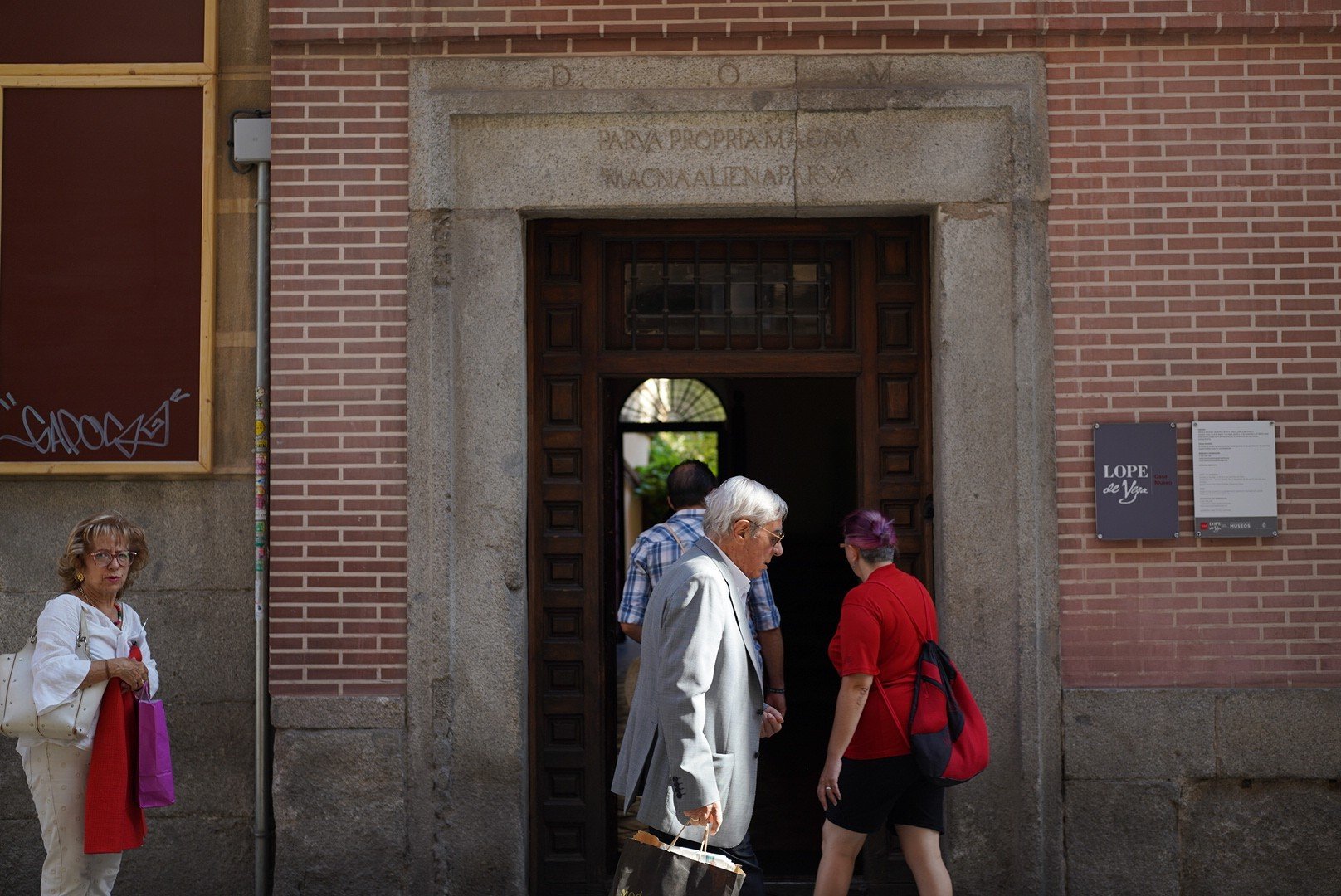


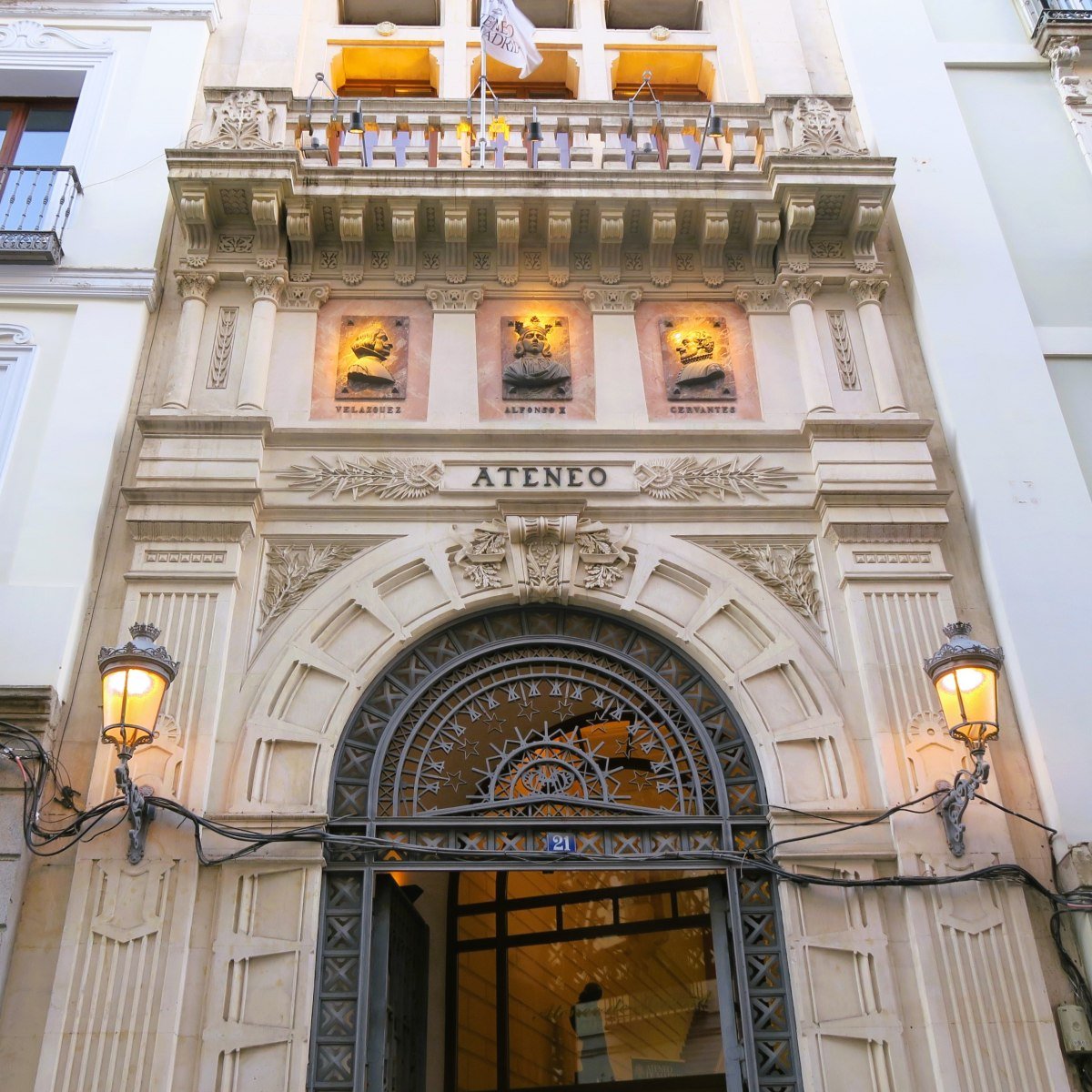
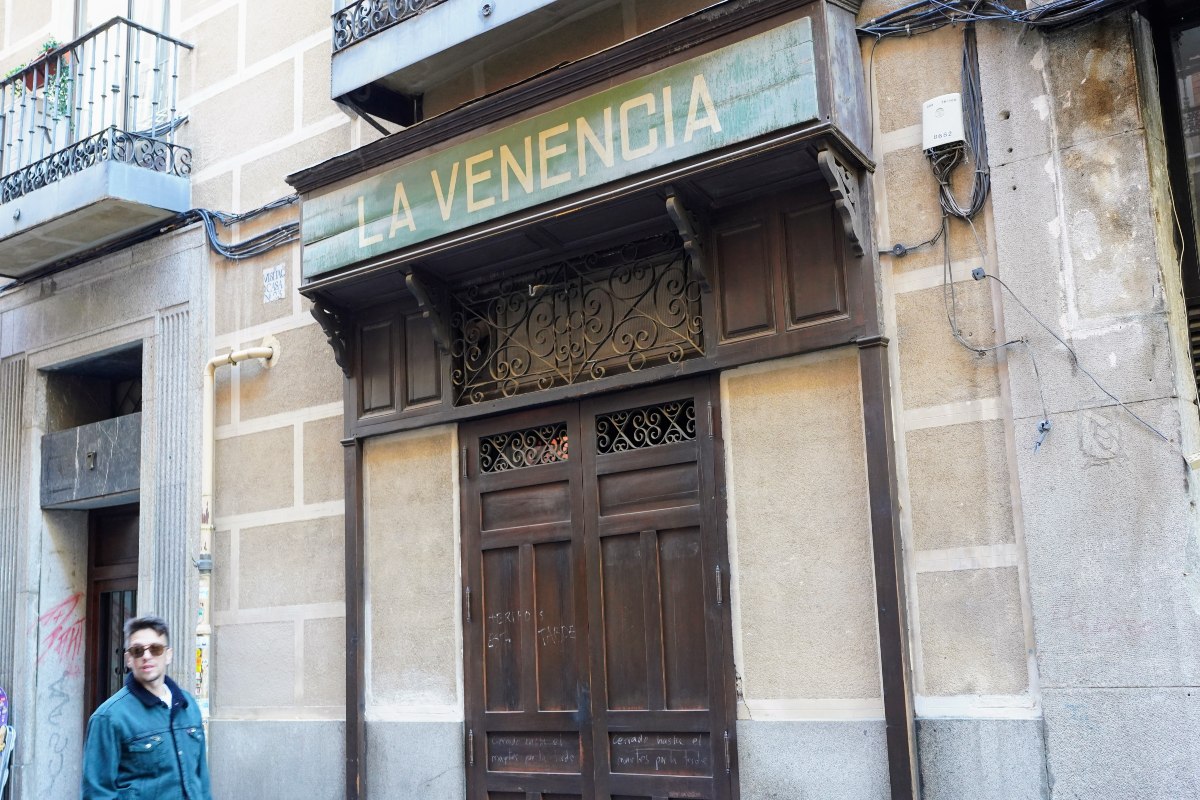
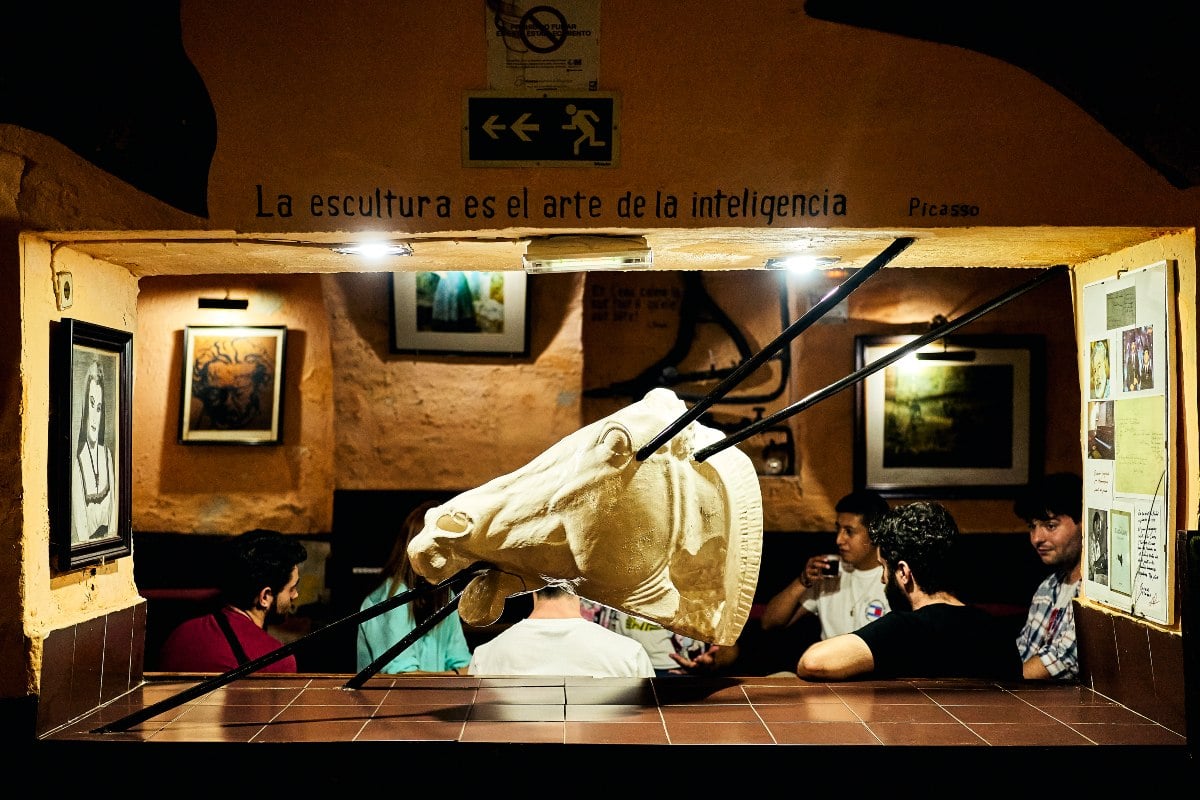
 Please whitelist us to continue reading.
Please whitelist us to continue reading.
Member comments